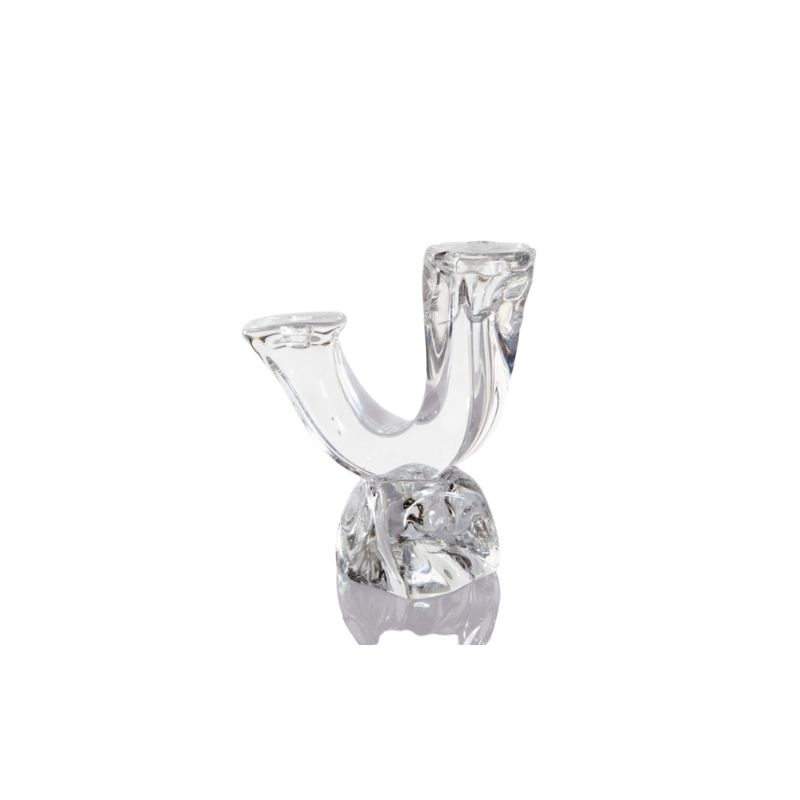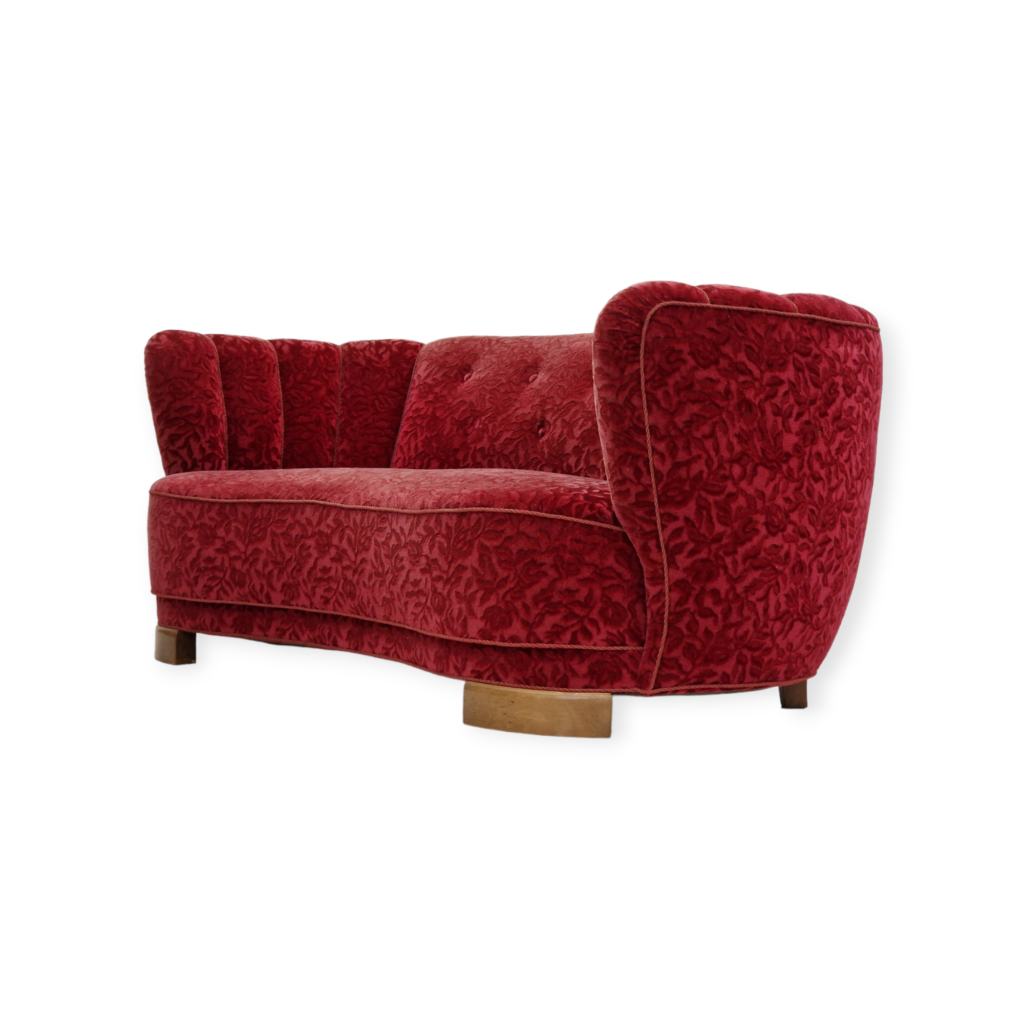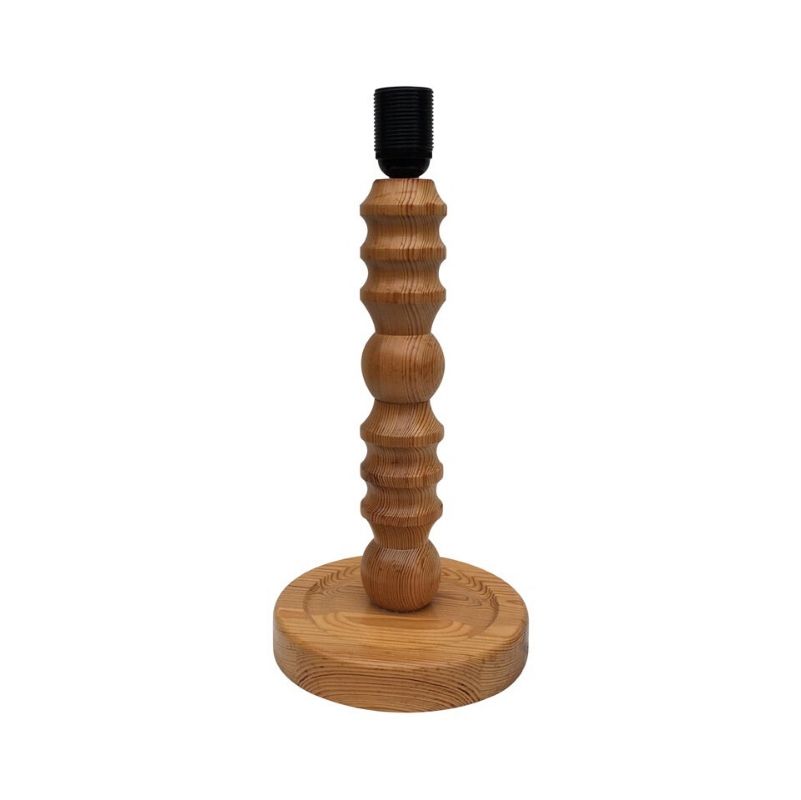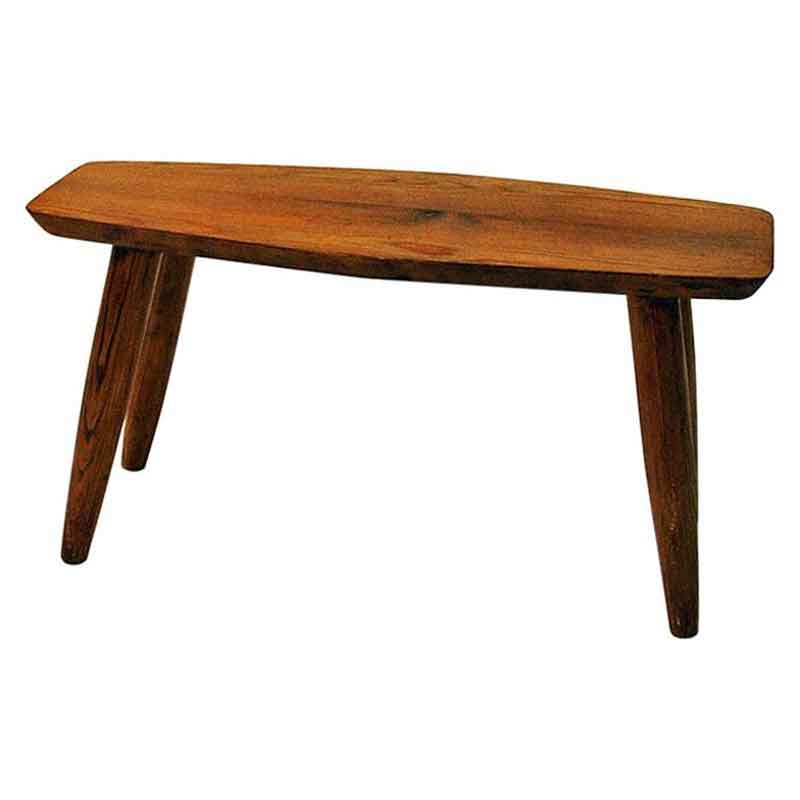Hello,
I have been researching Hans Wegner's Cow Horn Chair designed in 1952. Would someone please tell me the history of these chairs and what woods were offered? Caned seat or padded seat? Which is preferred? Most importantly, what are the traits of an early model chair from 1952 that make it more desirable than chairs made later? Just as the coveted 1st generation Eames Lounge Chair has a swivel ottoman I'm wondering what differing characteristics this chair had throughout its production.
Thank you,
David

Who would be the Wegner experts here? @cdsilva? @leif-ericson?
"People buy a chair, and they don't really care who designed it." (Arne Jacobsen)
The cowhorn was produced by Johannes Hansen in Copenhagen, not Carl Hansen in Odense. JH was, at least initially, as small shop that sold directly to the public and therefore he called himself a cabinetmaker. Carl Hansen was a 50-ish year old business when it started collaborating with Hans Wegner and had already outgrown the period of selling direct to the public from a small shop and it was now what the Danes called a factory, but Carl didn't really like the term because he felt anybody could be a "factory owner", which was actually literally true, so he always focussed on high end cabinetmaker quality furniture but with an interest in more modern tooling.
Johannes Hansen and the other "cabinetmakers" in the Copenhagen guild also sold through Den Permanente, which was technically not a retailer and there technically they were putting the DP sales in their own books and paying DP a commission on the sale (an absurdly small commission in the beginning, maybe 10% off the top of my head). This allowed them to keep calling themselves cabinetmakers even when they started selling in volume. And this happened to Johannes Hansen by about 1954 and shortly after he had to move to a much larger shop. He wasn't even happy to tell other cabinetmakers how much volume he was making because they would have felt he had become a "factory" just because of the volume. He also took pains to emphasize that he was making everything with skilled journeymen craftsmen.
Because JH was selling to the public and the mark on the piece was the retailer's mark per the unspoken system in Denmark at the time, you will find that JH pieces are very consistently marked. For reference, not all cabinetmakers marked their stuff, just as many retailers did not mark their stuff. Carl Hansen was basically breaking the rules though by marking the Hans Wegner stuff. And by the 1960s, with the huge growth in exports these rules changed so that marks were more conceived of as maker's marks for brand building purposes, but that is a very, very complicated topic.
As to recognizing an early cowhorn, I don't know. @cdsilva is more the Wegner expert, although I am probably no slouch. I would suggest you start with the exhibition images that you might find in the Jalk books, or maybe on the DFI. And look for differences. There may not be any. You could also look for auctions with _credible_ provenance giving a date of purchase. These sorts of things are very, very hard to do and very time consuming.
That is an early or early-ish CH mark, though, for what its worth. (I am not sure exactly how very early).
One final thought is that the Danes were very cooperative and not everything produced by somebody was even made there. Apparently, as an example, the initial, prototype Round Chairs were made by the owner of RY although they were a Johannes Hansen "production", but there are many many examples of entire production being outsourced, for example, Niels Vodder starting in the 1950s outsourced almost everything.
My response will be shorter than leif’s. 🙂
I don’t think there is an absolute answer, but I would say than any cowhorn produced by JH is the most valuable. Wood frame condition would be most important; then condition of either leather or cane seat. PP Mobler was later production so not as desirable to collectors. Here are catalog cuts of the cowhorn with both cane and leather. Note that both have the same model number, compared with the Round Chair, which as 501 for cane and 503 for leather.
I like either seat on the 505 and hope to get one one day (to join my 501, 515, 4 525s, 567 table, and CH23, CH24, and 2 CH30s) ... greedy, I know.
On a side note, the CH33 posted above was designed in 1958, so was one of the later HW/CH designs.

Here is an oak one. The patina looks old enough to be JH, but the seller did not mention any JH markings - https://www.1stdibs.com/furniture/seating/dining-room-chairs/1950s-oak-cow-horn-chair-hans-j-wegner-johannes-hansen/id-f_15948941/
for this chair, I would put teak above oak in value.
Gentlemen, thank you for giving me much information to study. Leif, you are definitely, "no slouch". Newbie question here: Were Carl Hansen & Johannes Hansen brothers or did they just happen to share the same last name? Johannes being a "cabinet maker" is legendary and I want to dig into the history you provided here. This is the only tag I've been able to find on a Cowhorn chair bearing the Johannes Hansen name. Being that the Cowhorn was first made in 1952 did these earliest of chairs all have the metal tag or was there some other kind of insignia? Besides teak the Cowhorn chair was made in oak. I too don't know if there were other woods that were used but apparently they were made in ash and walnut too. In the first photo in this thread could the wood be walnut and not teak? The photo below shows an oak chair and the tag on the right is from another Cowhorn chair with caned seating.

Not too incredibly long ago, Danes were mandated to stop using patronyms, (my father's name is hans, my name is peder hansen, my son's name is johannes pedersen, etc, etc) and take fixed last names. As a second phenomenon, the popularity of certain names waxes and wanes. So when the Danes took fixed names, it permanently recorded the naming preferences of that generation's grandparents. And so there are about 10 names in Denmark that are incredibly common. Hansen is one of them. Andersen, Pedersen, Christiansen, etc. So, no, Carl and Johannes were not related. (And names in Denmark are another complicated topic).
If you can figure out when JH used that particular brass medallion you might be able to identify a piece made in a certain timeframe. That is as good a place to start as any.
Something tells me that the brass tag above is not the earliest iteration. I suspect that Johannes Hansen marked his earliest Cow Horn chairs some other way but I can't seem to find any evidence. Contrarily, if I wanted to find the earliest Wishbone Chair from 1950 I "think" I found the earliest markings by Carl Hansen, pictured below. The Cow Horn chair, however, is a mystery.
Thank you, design addict, for my green star! : )

Also, the more I look, perhaps the Cow Horn in the first photo is made from walnut? Check this out:
"Broadly, walnut will be more brown while teak will be more red. Also, walnut grain tends to be broader and more distinct, while teak is usually tighter with shorter grain marks."
Notice how the grain in the chair above is quite broad whereas most teak chairs have a tighter, more fluid grain.

That is an early CH Mark, but based on the use of Danish instead of English, this one should be older.

That mark is brilliant, cdsilva. It makes sense that it is earlier. It also shows that brass Johannes Hansen tag is not the earliest because it too is written in English.
Leif, it seems that your observation skills are second to none but what makes you think that the wood is, "patinated or fumed oak" in the chair above? It seems whichever process was used it would be more time consuming than a bare oak finish and I wonder why it was done. Is this, perhaps, an indication that this chair could be an early or late example? Also, I just researched Wegner chairs with patinated oak and the grain on those chairs look more homogenous and boring than the dark, dynamic grain in the chair above. Interesting...
If you need any help, please contact us at – info@designaddict.com












